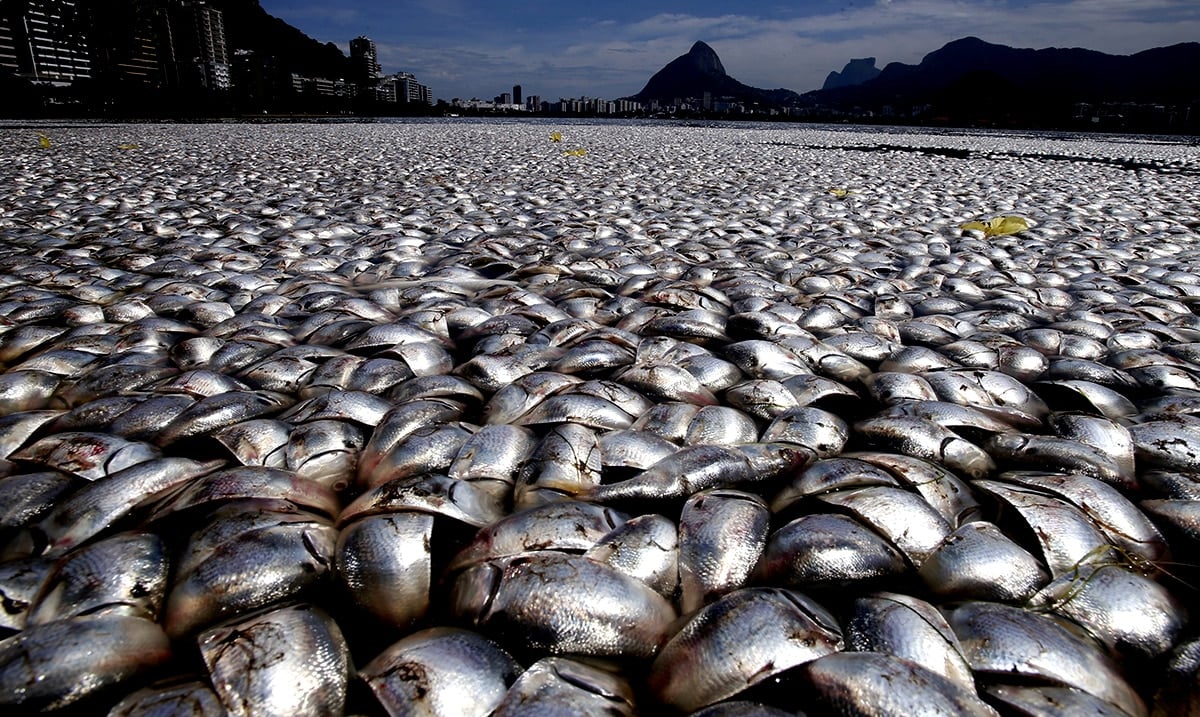For those who do not know a dead zone is basically when an area is experiencing a very serious drop in the levels of oxygen. When there are dead zones in specific bodies of water the water itself does not hold enough oxygen to support the life swimming within it.
In recent times the Gulf of Mexico has been set to see one of its largest dead zones on record. While this dead zone is recurring, the stature of the one we are before is far more than any of the past in that region. The area it will specifically be affecting will be those where fishing boats and other things of the sort tend to work this meaning their jobs are about to get much harder.
According to Earth.com Louisiana State University scientists, Eugene Turner and Nancy Rabalais have estimated this year that the dead zone will cover at least eight thousand seven hundred and seventeen square miles by the time July comes to an end. This hypoxic zone is something caused by excess nutrient pollution from human activity and stimulates the overgrowth of algae. This kind of thing has a serious long-term impact on the marine resources present in the Gulf.
According to NOAA, this dead zone will be much larger because of as follows:
The annually recurring Gulf of Mexico hypoxic zone is primarily caused by excess nutrient pollution from human activities, such as urbanization and agriculture, occurring throughout the Mississippi River watershed. Once the excess nutrients reach the Gulf they stimulate an overgrowth of algae, which eventually die, then sink and decompose in the water. The resulting low oxygen levels near the bottom are insufficient to support most marine life and have long-term impacts on living marine resources that are unable to leave the area. Considered one of the world’s largest, the Gulf of Mexico dead zone occurs every summer.
A major factor contributing to the large dead zone this year is the abnormally high amount of spring rainfall in many parts of the Mississippi River watershed, which led to record high river flows and much larger nutrient loading to the Gulf of Mexico. This past May, discharge in the Mississippi and Atchafalaya rivers was about 67% above the long-term average between 1980 and 2018. USGS estimates that this larger-than-average river discharge carried 156,000 metric tons of nitrate and 25,300 metric tons of phosphorus into the Gulf of Mexico in May alone. These nitrate loads were about 18% above the long-term average, and phosphorus loads were about 49% above the long-term average.
NOAA issues a dead zone forecast each year and refines the models used by the Hypoxia Task Force to set nutrient reduction targets and better understand the link between hypoxia and nutrients. The forecast assumes typical coastal weather conditions, but the measured dead zone size could be disrupted and its size could change by major wind events, hurricanes and tropical storms which mix ocean waters, as occurred in 2018. An NOAA-supported monitoring survey will confirm the size of the 2019 Gulf dead zone in early August, a key test of the accuracy of the models.
Have you ever heard of these dead zones? What do you think could be done to combat them? Perhaps the answers we need are a lot closer than we might assume. For more information please check out the video below.

